American bison herds in the west are booming, and the Yellowstone bison herd is leading the stampede. Bison in the national park are outstripping their habitat’s resources so quickly that the herd must be culled by roughly 10% to 15% for the 2021/2022 season.
According to the NPS, the goal is to remove 500 to 700 bison to slightly reduce the population to 3,850 – 4,040 at the end of winter and 4,500 – 4,730 animals after calving.
A total of 834 bison, 17% of the population, were removed during the 2019/2020 season.
According to Greg Lemon, Communication and Education Division Administrator with Montana Fish, Wildlife, and Parks, this is not a call to hunters to apply for a special limited-draw permit to hunt in the park.
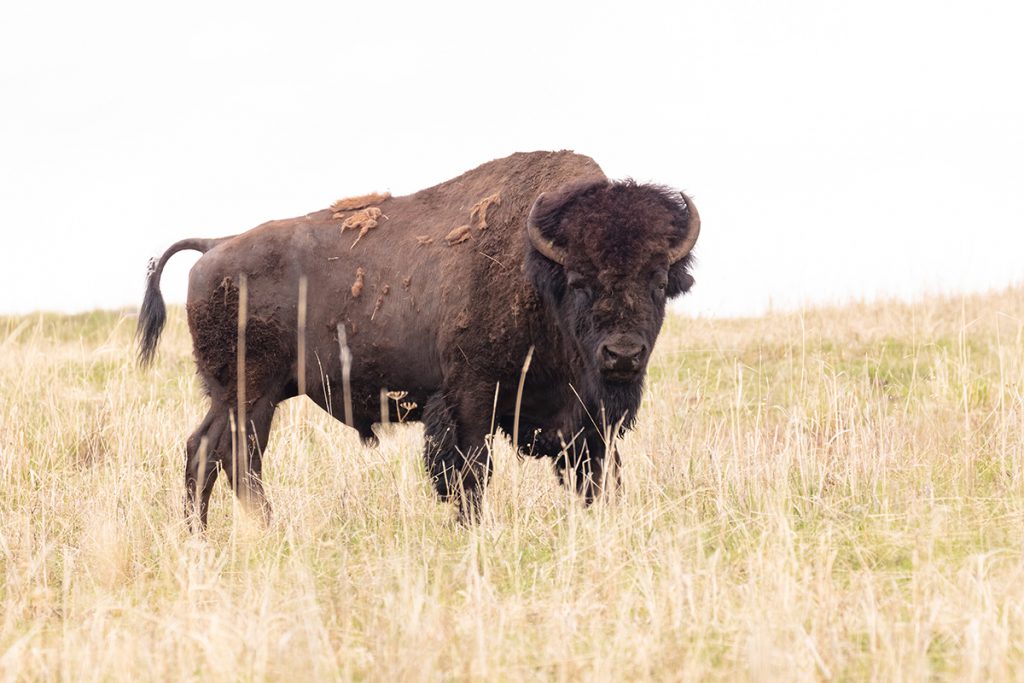
“The park is not holding a hunt,” Lemon said. “As far as hunting goes, other than the annual tags that we have drawn for bison hunts, there’s not a new process to cull those animals from the herd.”
Montana, Utah, Arizona, Wyoming, and Alaska all have tightly-managed bison hunting seasons, with a minimal number of tags available through a lottery each year.
Other than the recent pilot program in the Grand Canyon, national parks have been off-limits to bison hunting, and they remain that way.
Lemon said there are two units in Montana, outside of Yellowstone National Park, open to bison hunting. One unit draws 45 tags, five of which are backcountry, and the other draws 40, for a total of 85 tags. There is a secondary draw “roster” for cow or calf licenses that can also be activated depending on bison numbers as the hunting season progresses.
Public hunting season in Montana runs from Nov. 15, 2021, to Jan. 15, 2022. Confederated Salish and Kootenai Tribes are able to hunt from Sept. 1, 2021, to the end of January 2022.
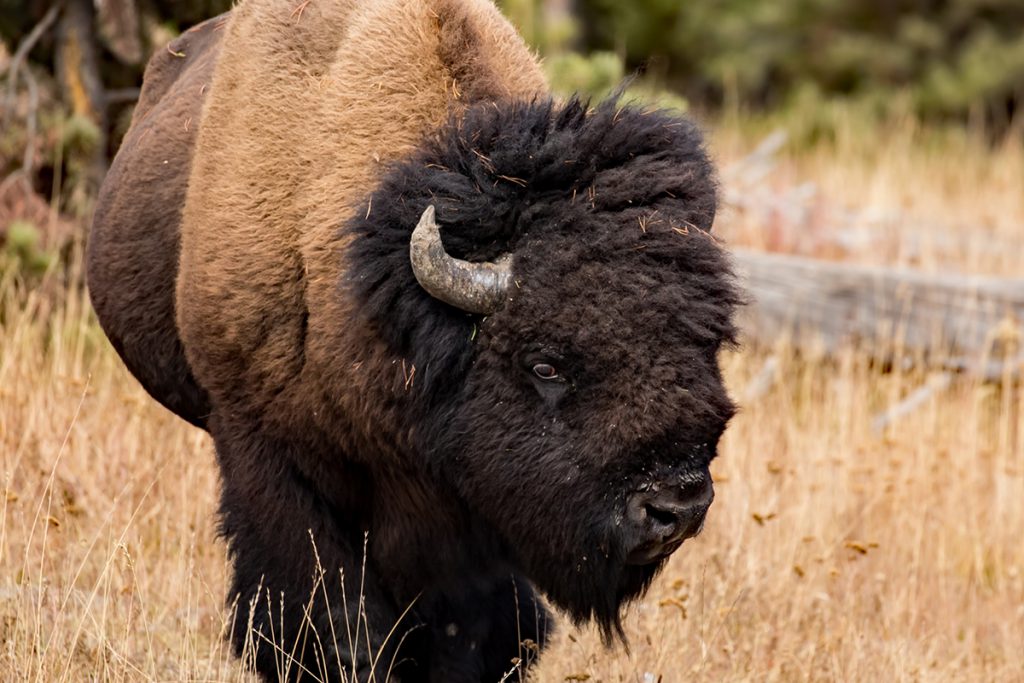
Related: Bison Sliders With Air-Fried Sweet Potatoes
While the animals taken by hunters count toward the cull total, hunting is not the primary method for managing area bison.
A bison management plan was adopted in 2000 by eight groups, including state and federal agencies and American Indian tribes. It includes protocols for reducing herd numbers through a combination of hunting, transferring animals to tribal lands, and slaughter.
Another facet of managing the Yellowstone herd is the mitigation of brucellosis, an infectious bacterial disease that induces premature births in pregnant cattle, elk, and bison. Some are worried the growing bison herd might spread the disease to livestock.
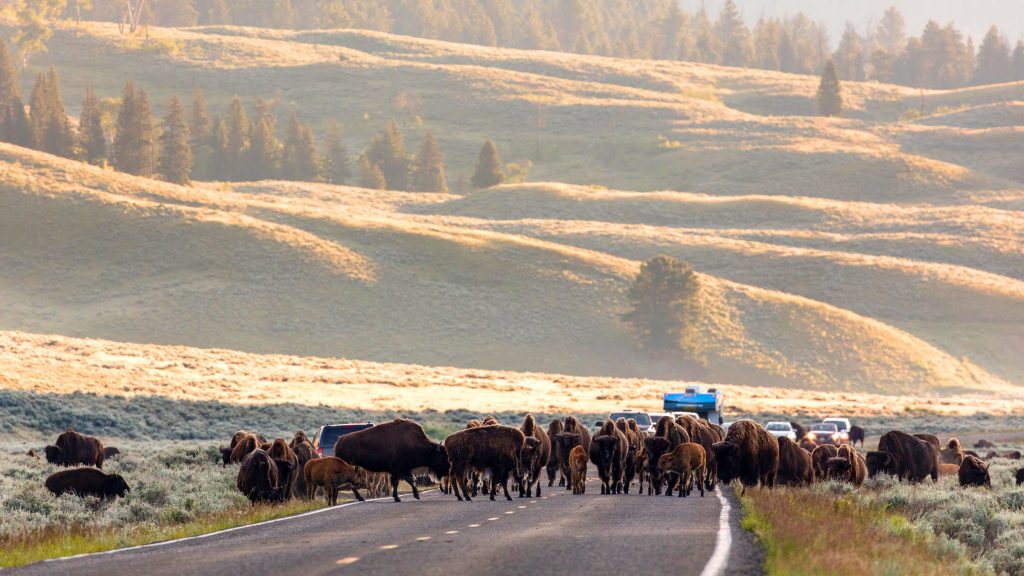
Cattle brought brucellosis to the Yellowstone area in the early 1900s and transmitted it to local wildlife populations. There have been no documented cases of bison transmitting brucellosis directly to cattle, but elk have often transmitted the disease to livestock.
About 60% of adult female bison in Yellowstone test positive for exposure to the Brucella bacteria. However, testing positive for exposure does not mean an animal can transmit the disease.
Humans could potentially contract the disease if they were to drink unpasteurized dairy products from infected animals, but people cannot get it by eating cooked meat from an infected animal.
Of the total 834 bison that were removed last year, 548 were captured and penned at the Stephens Creek Bison Capture facility, 284 were killed during hunting season (tags and tribal hunting), and two were shot outside of the conservation area.
Of the 548 bison that were captured, 105 were placed in brucellosis quarantine for transfer to the Fort Peck Tribes, 442 were sent to slaughter, and one died during handling.
Meat and hides from the slaughtered animals are distributed by partner tribes to their members.
Bison in the quarantine process remain there for up to three years and are tested regularly before transfer to the Fort Peck tribes.
A large family group of 50 males, females, and calves is scheduled to be moved to the Fort Peck tribes in January 2021.
Read Next: Grand Canyon Bison Hunt Update: Epic Fail, 5 Animals Killed

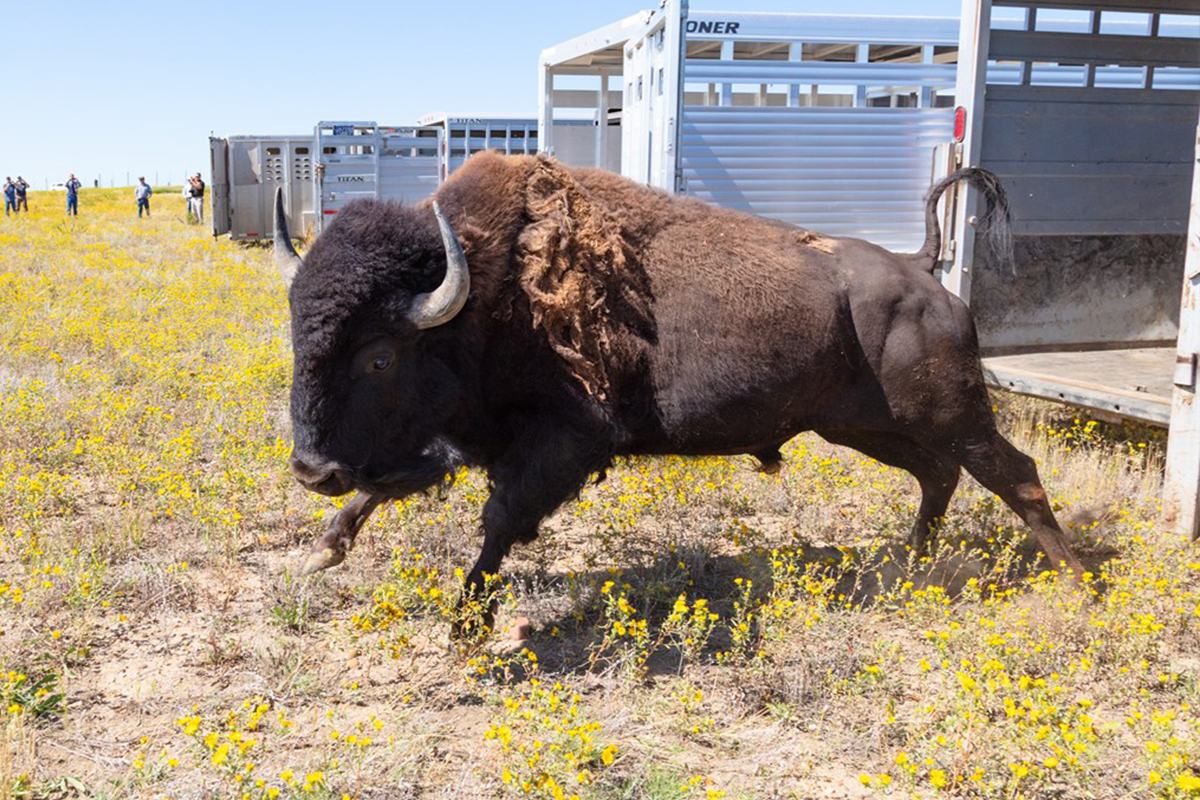


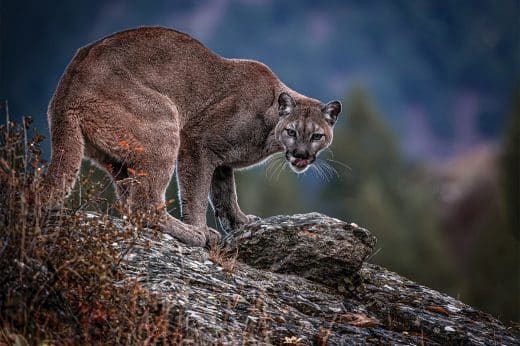
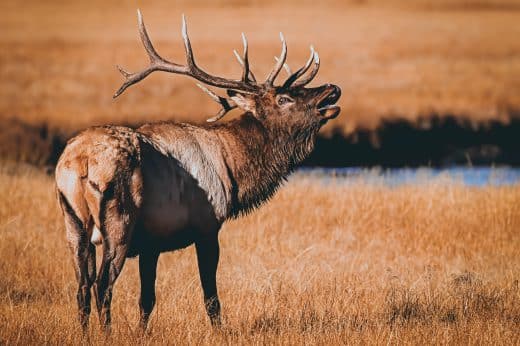


Karen Lorentzson says
There are only around 11000 pure bison between Yellowstone and 5 herds in Canada. Sad that all rest are hybrids being crossed with cattle. Cattle introduced brucellosis. Private owners of bison herd, mostly- hybrids, on private land take much better care and also supplement them with feed so they do not starve. They also inoculate for brucellosis. As these pure bred herds are reduced –this will cause more health problems and inbreeding. Inbreeding will cause the bison to become smaller and weaker. Wolves do hunt bison and how many just perish from old age or accidents and feed the wolves, foxes, bears, ravens etc. ? Since elk are the most abundant animal in the park one would think that reducing their numbers would be more balancing. 11000 pure bred Bison is not that much. The Bison in Canada are enormous compared to the Yellowstone herds. Elk are quite abundant and related to Elk in Europe. Since insane people almost hunted them to extinction, crossing with cattle was necessary. The culture of some greedy people is to kill with no regard for the intelligence of other species and poor management These pure bred bison should be supplemented with feed and care to keep herds healthy.